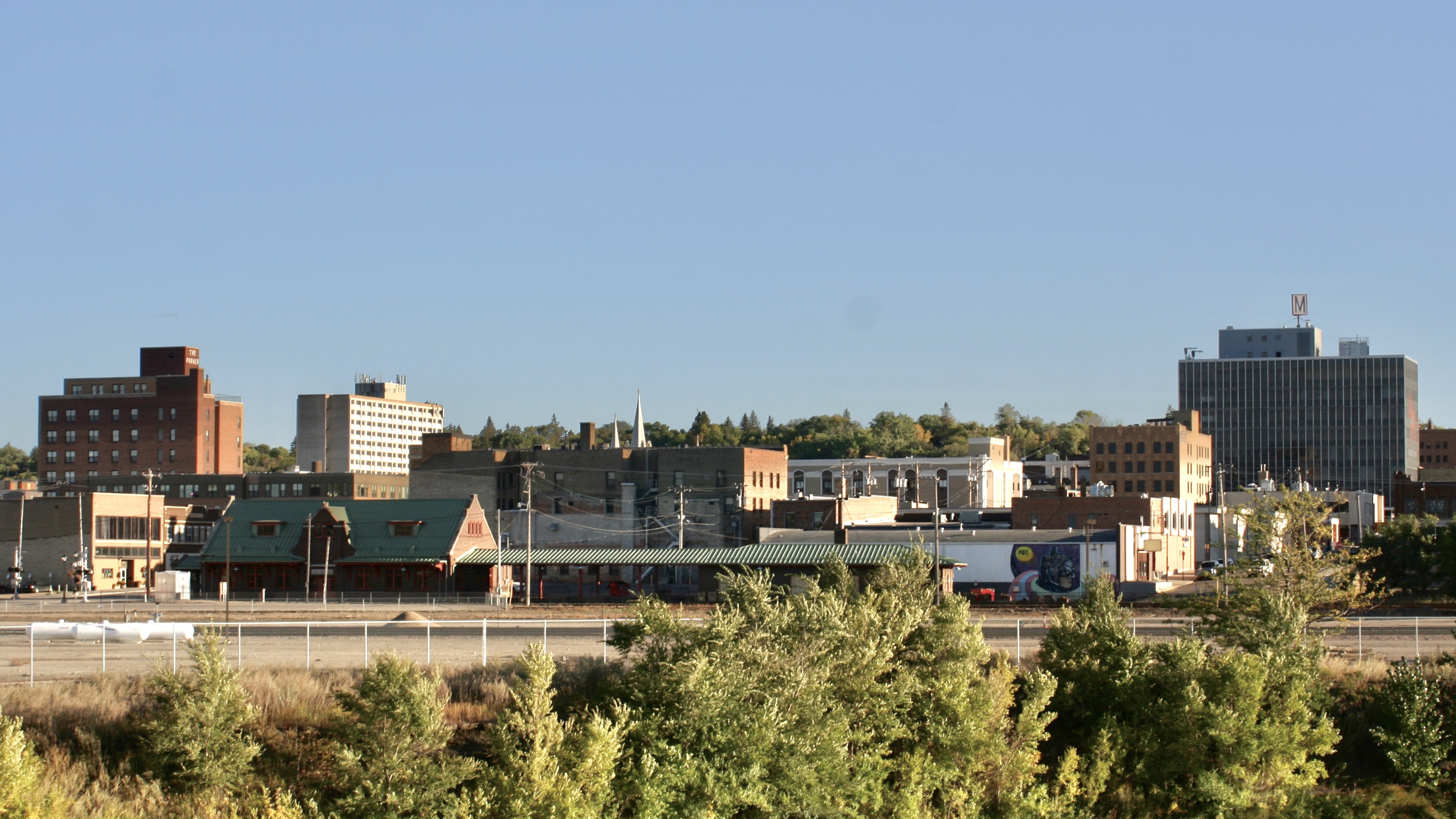What plant hardiness zone am I in?
Plant Hardiness Zone Map
More Information
About Minot, North Dakota

Minot is a city in and the county seat of Ward County, North Dakota, United States, in the state's north-central region. It is most widely known for the Air Force base approximately 15 miles (24 km) north of the city. With a population of 48,377 at the 2020 census, Minot is the state's fourth-most populous city and a trading center for a large part of northern North Dakota, southwestern Manitoba, and southeastern Saskatchewan. Founded in 1886 during the construction of James J. Hill's Great Northern Railway, Minot is also known as "Magic City", commemorating its remarkable growth in size over a short time.
What is my USDA Plant Hardiness Zone?
Find your 2023 USDA Plant Hardiness Zone based on your current device location, along with a map of plant hardiness zones in your area and in the United States.
Compare the 2023 and 2012 USDA Plant Hardiness Zone Maps to see how the zones have changed over the last decade in your area.
Minimum winter temperatures are a major determinant of whether a particular plant selection can be successfully grown outside year around. There are other factors that influence plant survival, such as snow cover, summer heat, humidity, soil moisture, and spring frosts.
What are Plant Hardiness Zones?
Plant hardiness zones are a system used by gardeners, landscapers, and agriculturalists to help determine which plants are best suited for a specific location. The map of the United States is commonly broken up into 11 zones ranging from zone 1A (the most cold-hardy) to zone 11B (the least cold-hardy). The exact borders of each zone are based on the average minimum winter temperature in that region.
This plant hardiness zone map shows the range of temperatures where plants can survive the winter. The plant hardiness zone is determined by the minimum temperatures and the minimum number of days in a year where the minimum temperature is reached. The plant hardiness zone is helpful because it allows you to select plants that will survive the winter in your area. This will help ensure that your plants are able to survive the winter and are able to provide you with the fruit or vegetable that you are hoping for.
The first geographical zone map was created by the United States Department of Agriculture (USDA) in 1920s to help farmers determine which plants would be best suited for the climate in their area. Since then, it has been a valuable tool for gardeners and farmers to determine which plants are best suited for their region. Plant hardiness zones are a system of mapping the climate of a region. They provide a range of temperatures and the plants that can be successfully grown in those areas.
Dynamic Plant Hardiness Map
Unlike other plant hardiness websites and maps, this site offers a fully dynamic and interactive map that allows you to zoom and pan to see the exact zone and microclimate for your location according to the USDA.
You can find the zone based on your current device location, or by searching for your city, town, ZIP code, or you can search for the zone based on the address you wish to locate.
Plant Hardiness Zone Atlas
Our plant hardiness zone atlas has a list of cities in the United States to help you find the USDA zone of any location in the country.